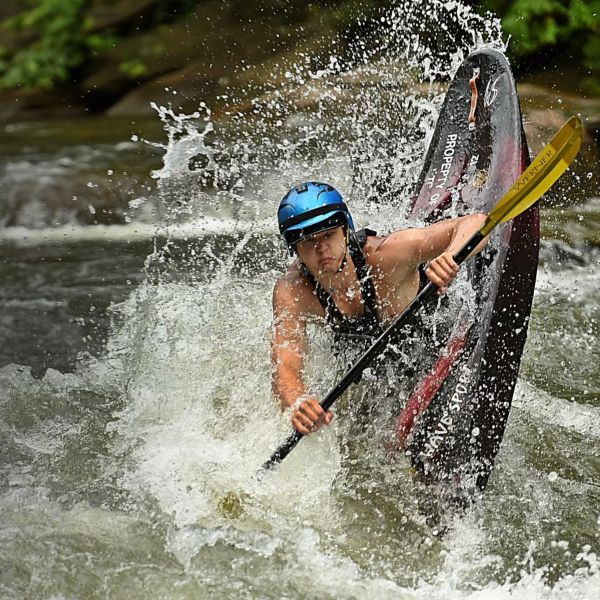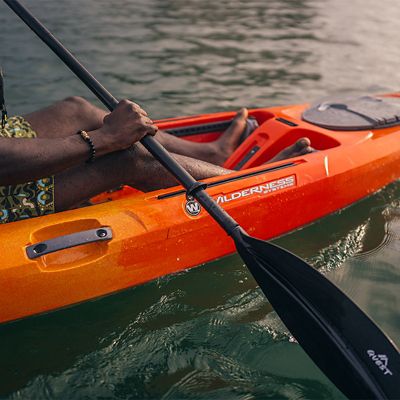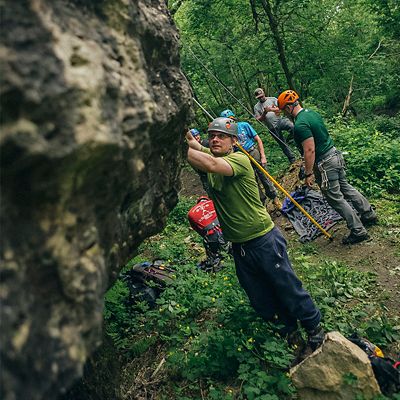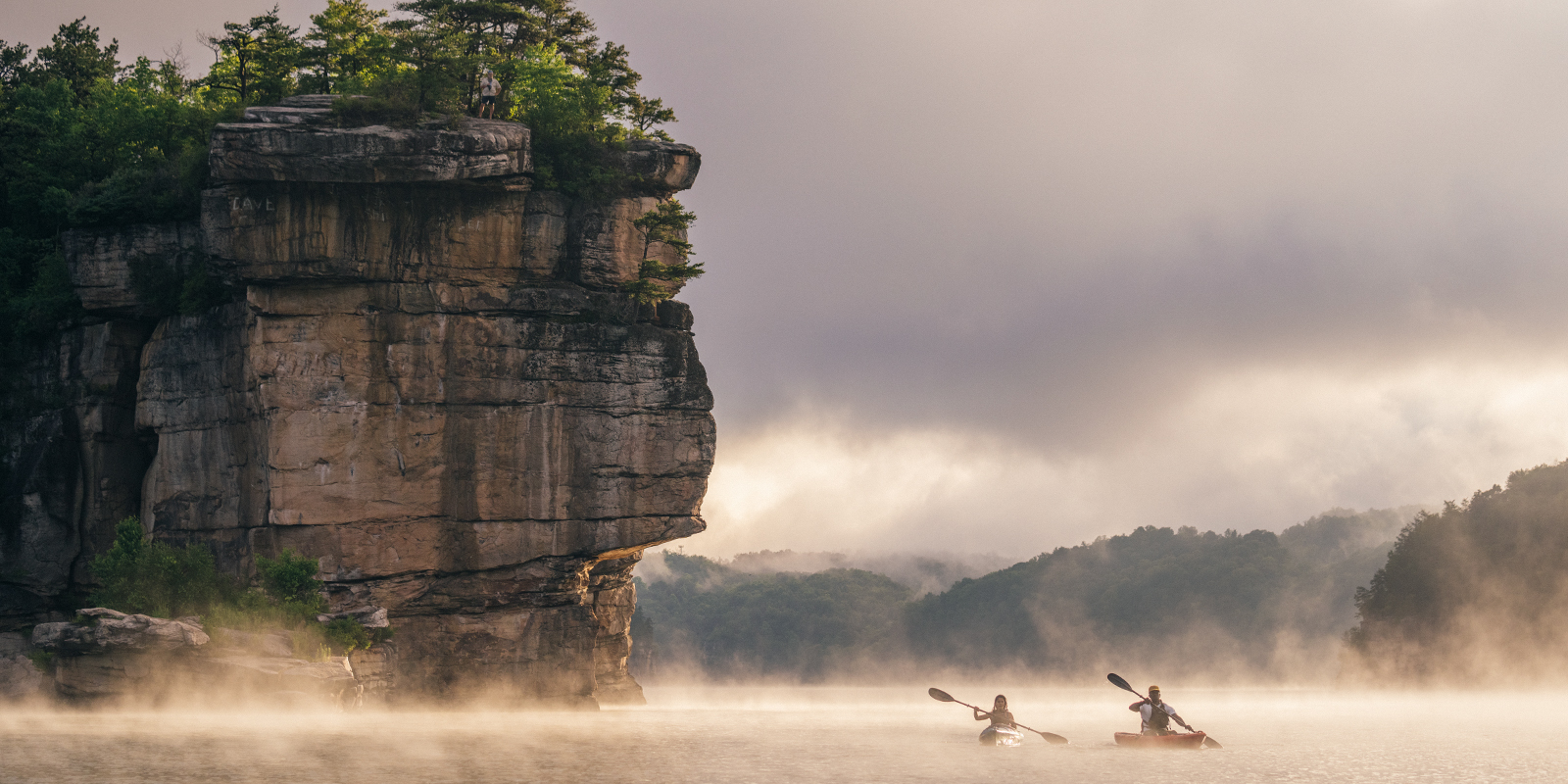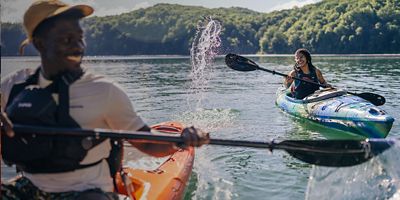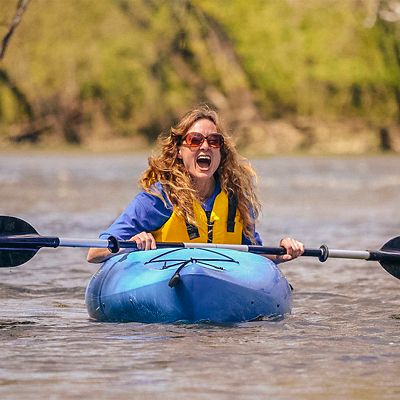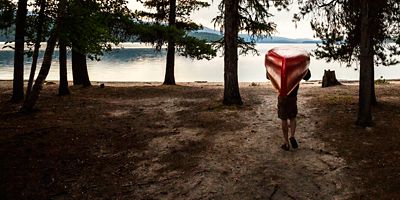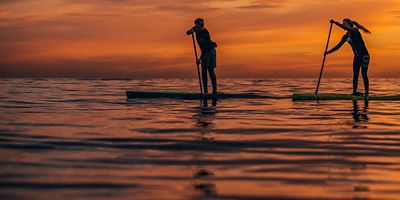
West Virginia’s New River Gorge is a renowned paddling destination, and for good reason: It’s got world-class river sections that cater to nearly every kind of paddler. The New is an exciting but friendly whitewater river, generally running between Class I and Class IV. And options abound along the 53 miles of river within the New River Gorge National Park and Preserve, with stretches that range from calm and nearly flat to packed with gnarly rapids—all of which boast nonstop, spectacular views of the New River Gorge, where densely forested ridges rise up 1,000 feet on either side. Picture yourself paddling Class III-IV Fayette Station Rapids under the iconic New River Gorge Bridge, a single arch that spans the gorge nearly 900 feet above.
You can run the New year-round, but the paddling season is generally considered to be April through October. Start at one of the national park visitor centers and pick up a river map and guide. Then grab your boat, PFD and helmet—and be sure to talk to folks at the local outfitters or shops before a first-time DIY outing. Hills to Hills Tours and Shuttle can help you set up your shuttle. There are plenty of commercial rafting and kayaking trips as another option.
SUP the dammed Lower New
If you’re a kayak or standup paddleboarding novice, start at Hawks Nest State Park, where the Hawks Nest Dam on the New creates Hawks Nest Lake, which is generally flatwater. Put in at the state park marina and tour around the edges of the lake and tributaries, enjoying great views of the mountain valleys. When you’re ready to take it up a notch, head downstream just past the confluence of the New and the Gauley rivers, which join to become the Kanawha River (pronounced ka-NAW). Below Kanawha Falls is a public boat ramp for anglers—be considerate and put in from the sand, leaving room for vehicles that are accessing the concrete boat ramp. This is a park and play spot—enjoy kayak touring or paddleboarding from below the falls to the bridge downstream and back. It’s moving water but still relatively chill as long as the gauge height is under 5 feet. Want to level up to whitewater on the Upper New? Sign up for a class with Mountain Surf Paddle Sports to make sure you have your skills and safety dialed in first.






